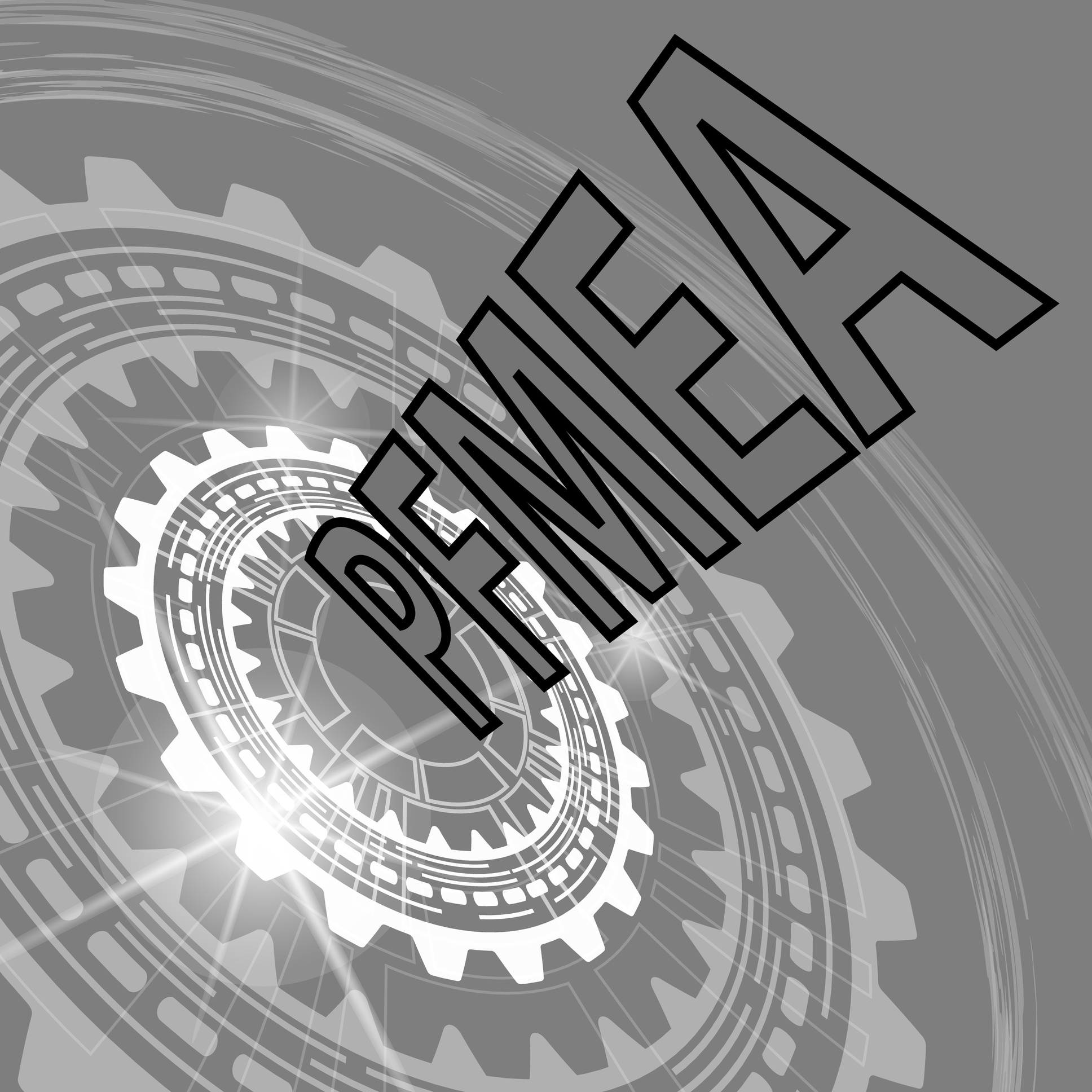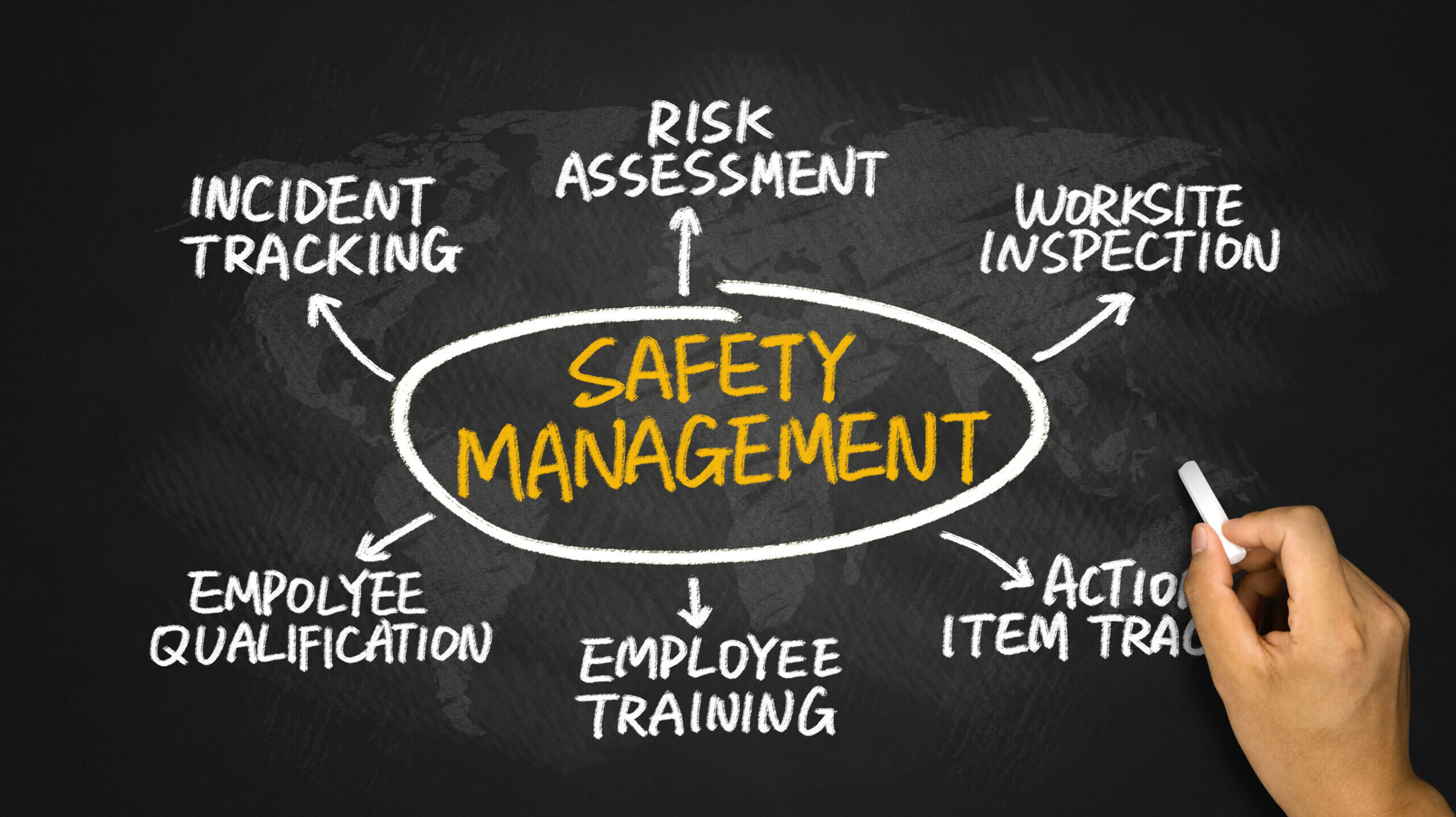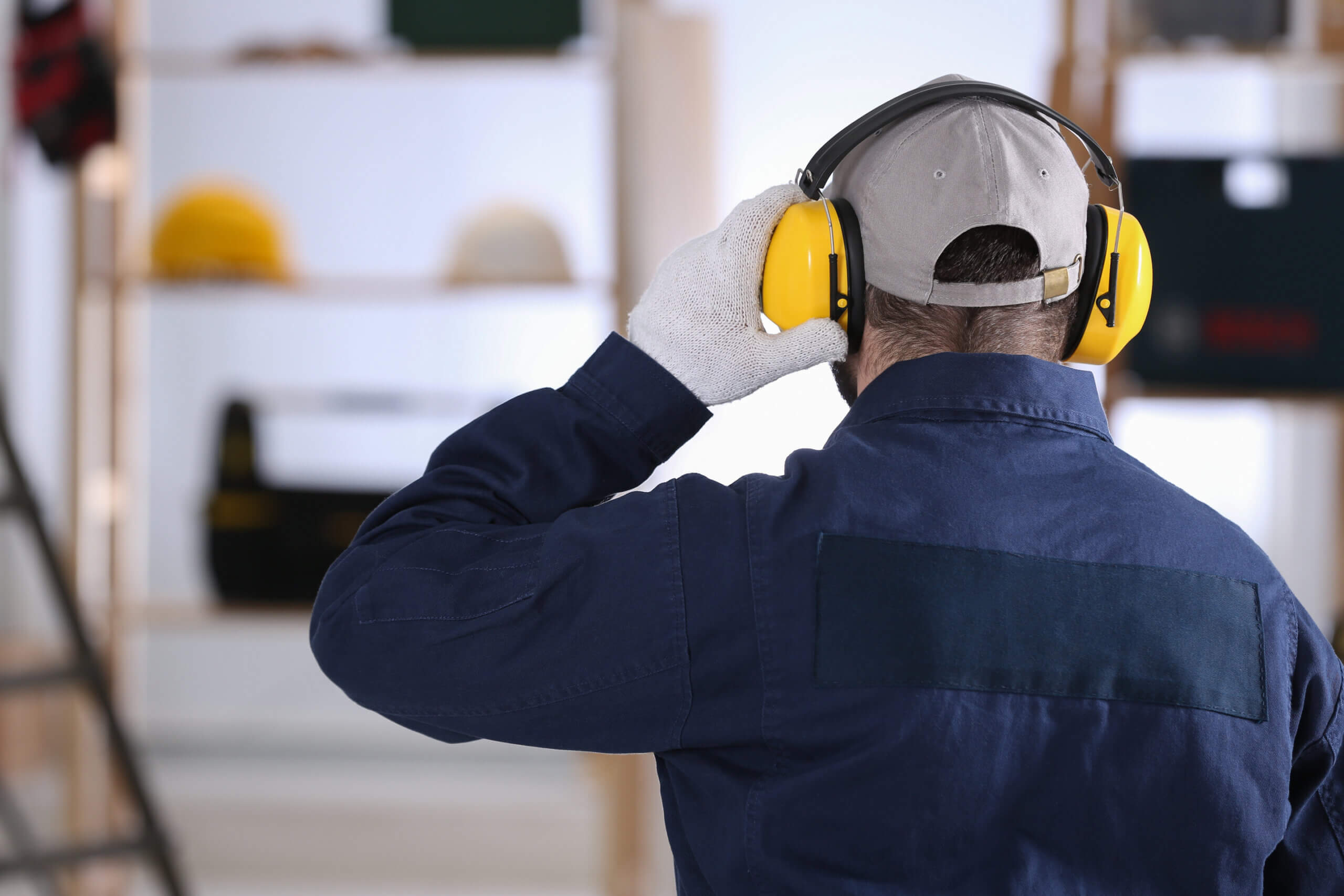
Manufacturers use FMEA (Failure Mode and Effects Analysis) to identify the potential ways a failure can occur in their workflows. Of course, this can include a broad range of failures (such as equipment, process, or design failure). This post compares two types of FMEA (PFMEA vs. DFMEA), which help identify process and design failure modes.
First, What Is FMEA?
FMEA is a strategic approach to identify possible failures in a process (manufacturing, assembly, or logistics) or design (of a product or service).
As the American Society for Quality explains:
“Failure modes and effects analysis (FMEA) is a step-by-step approach for identifying all possible failures in a design, a manufacturing or assembly process, or a product or service. It is a common process analysis tool.”
FMEA involves two primary components:
- Failure modes: The manner or mode in which a process or design might fail. For example, an overworked employee might miss a defect when in charge of inspections.
- Effects analysis: The consequences of failure. For example, a customer might sue you if a defective product harms them somehow.
DFMEA and PFMEA are types of FMEA. While the DFMEA and PFMEA processes are similar, the inputs and output differ.
“Root-cause problem solving, using approaches such as fault-tree analysis as well as cause-and-effect or failure-modes-and-effects analysis (FMEA), is a fundamental part of any organization’s maintenance and reliability strategy.”
McKinsey
What Is DFMEA?

DFMEA (Design FMEA) is a technique that helps identify and fix design failures. The method is used across industries to minimize the costs associated with design failure, such as product recalls or lawsuits from customers impacted by design failure.
DFMEA involves listing potential failure modes and their potential effects, along with a rating for severity, detection, occurrences, and safety. Then, calculate an RPN.
RPN is the Risk Priority Number, a numeric assessment of risk assigned to a process, or steps in a process, as part of Failure Modes and Effects Analysis (FMEA). A team assigns each failure mode numeric values that quantify the likelihood of occurrence, the likelihood of detection, and severity of impact.”
You should perform DFMEA when you’re still developing the product design. Thinking about potential failure modes during product development helps prevent failures that otherwise could be built directly into the design.
“Solving known problems with known solutions helps you gain a quick return on investment and early wins that can be duplicated across facilities. These small wins also help enhance organizational support from employees—which is critical for any analytics program—and management for continued investment."
Forbes
What Is PFMEA?

PFMEA (Process FMEA) helps analyze process failure modes. In other words, PFMEA helps identify potential failures caused by a process. A PFMEA acts as a living document (physical or digital) created for each process and updated throughout the product’s lifecycle.
In this case, you need to understand the impact of a process breakdown to minimize the effect of failure or avert failure altogether.
Note that you might encounter failure even when you use PFMEA. Otherwise, you wouldn’t need reliability and maintenance managers. However, PFMEA can help minimize the potential for failure. You should review PFMEA when a failure occurs or if there’s a significant change in your equipment, manufacturing environment, and resources.
DFMEA vs. PFMEA: Key Differences
Now that you know the meaning of PFMEA and DFMEA, let’s discuss some key differences between the two:
FMEA vs. PFMEA: The Process
Both types of FMEA follow a process illustrated in the AIAG-VDA FMEA handbook—you can use it as a guide to help develop your product and design failure mode and effects analysis.
The handbook includes best practices developed by a global team of OEMs (Original Equipment Manufacturers) and tier 1 SMEs (subject matter experts). It combines the methodologies of AIAG (Automotive Industry Action Group) and VDA (The German Association of Automotive Industry) into a more structured approach.
Here are the steps in the FMEA process according to the AIAG-VGA handbook:
- Step 1: Planning and preparation
- Step 2: Structure analysis
- Step 3: Function analysis
- Step 4: Failure analysis
- Step 5: Risk analysis
- Step 6: Optimization
- Step 7: Results and documentation
Which Failure Mode Should You Prioritize?
Step 5 of the DFMEA and PFMEA process allows you to determine the failure modes you should address first. You can prioritize failure modes based on severity, frequency, and how easily you can detect the failure modes.
You need to provide a rating for the following factors during FMEA:
- Severity: How severe will the impact of the system or machine’s failure be?
- Detection: How likely is the failure to be detected when it becomes a possibility?
- Occurrences: What’s the probability of failure occurring in a given time frame?
- Safety: What’s the risk to people and systems if the system or machinery fails?
- Risk priority number (RPN): RPN is calculated based on severity, occurrences, and detection.RPN = severity x occurrences x detection A lower RPN is desirable. A high RPN denotes high risk.
Once you’ve listed the failure modes and assigned a rating, you need to list the potential cause of failure for each failure mode (using techniques like root cause analysis). Then you need to determine a corrective action to minimize the impact of a failure mode based on its RPN.
When to Use PFMEA and DFMEA
You can use PFMEA or DFMEA in the following situations:
- You’re about to develop control plans for a process
- When you apply an existing product or process differently
- Before introducing a new product, process, step, method, or technology
- Before implementing a re-engineered manufacturing process
- During the process as a quality control tool
- When analyzing failures of an existing process or product

Collect Data to Improve DFMEA and PFMEA Accuracy
A CMMS (computerized maintenance management system) can help collect data required to improve FMEA accuracy. Examples of the type of data CMMS can collect include equipment breakdown history, downtime history, and the cost of repairing an asset each time it failed in the past.
This data can provide valuable insights when assessing and reviewing failure modes. In addition to collecting data, a CMMS streamlines maintenance processes, reducing the risk of failure. With MaintainX, you can track assets, issue work orders, and collaborate using the built-in chat option.
If you’re looking to use FMEA at your facility, try MaintainX today.
FAQs

Caroline Eisner is a writer and editor with experience across the profit and nonprofit sectors, government, education, and financial organizations. She has held leadership positions in K16 institutions and has led large-scale digital projects, interactive websites, and a business writing consultancy.

_FEATURE.webp)


















